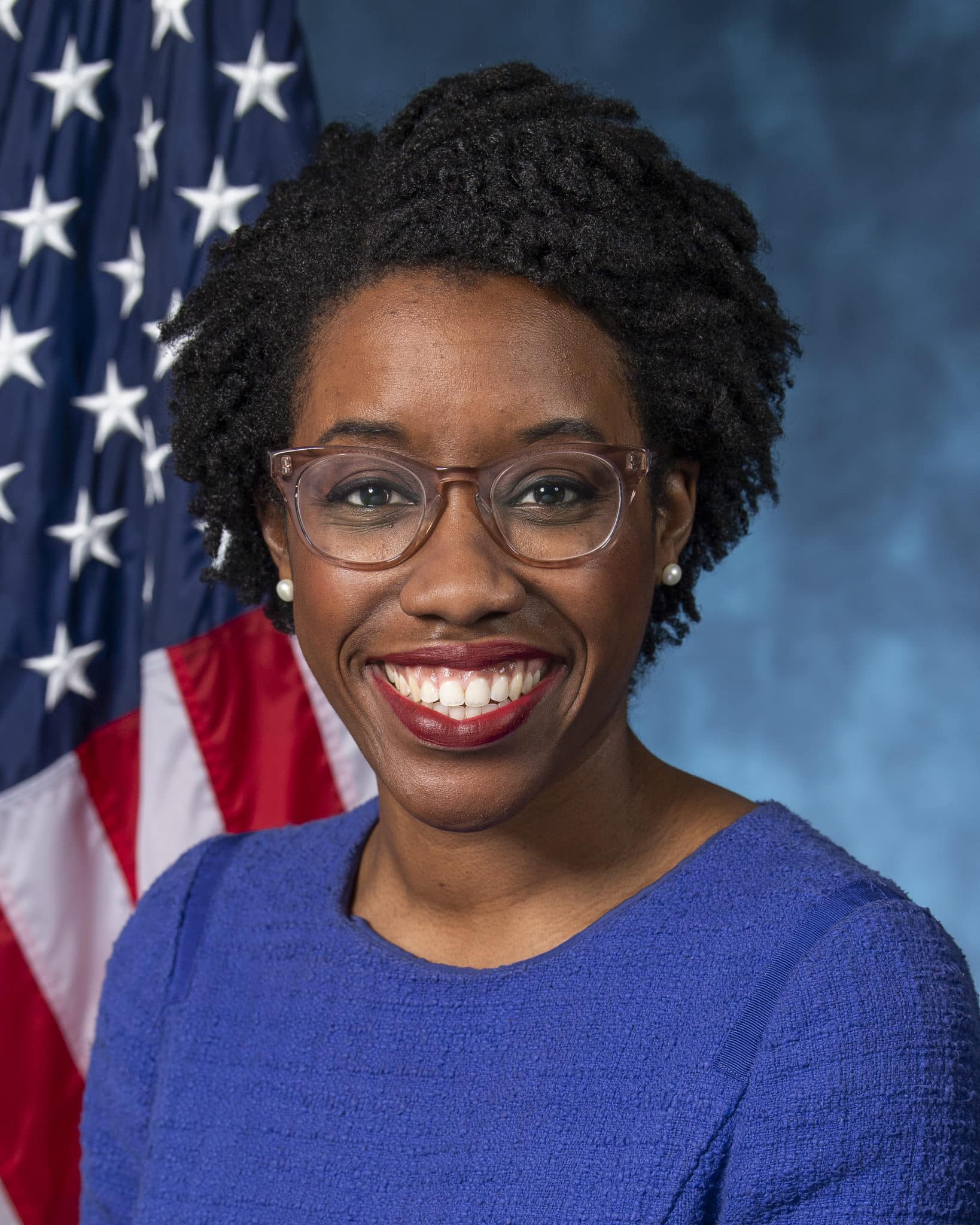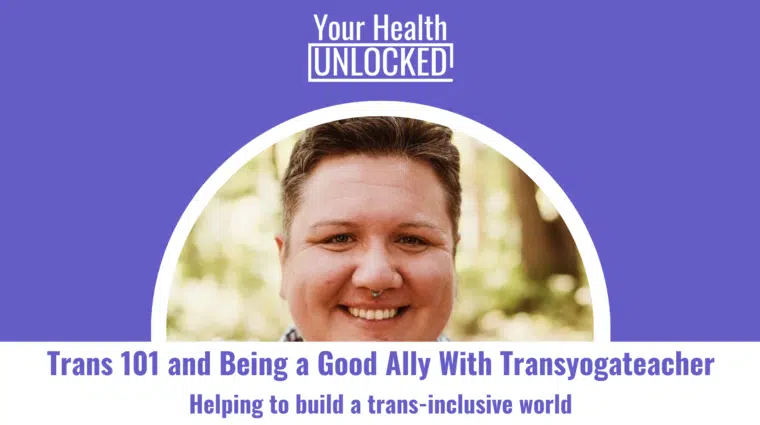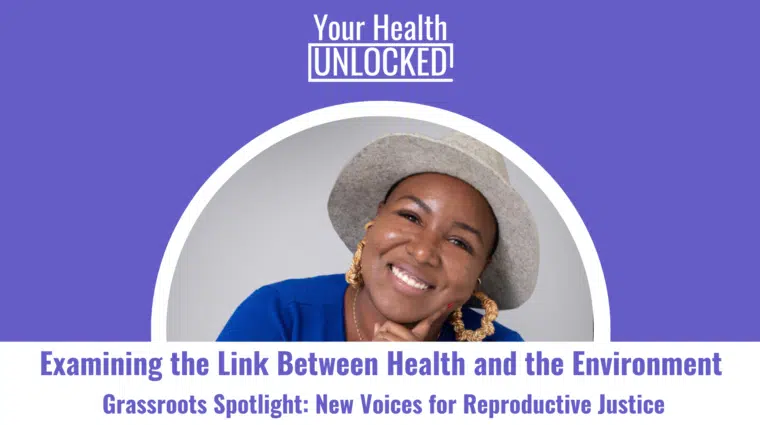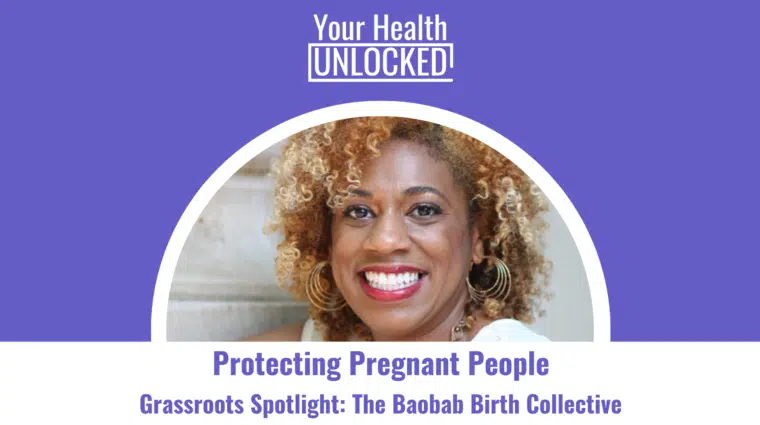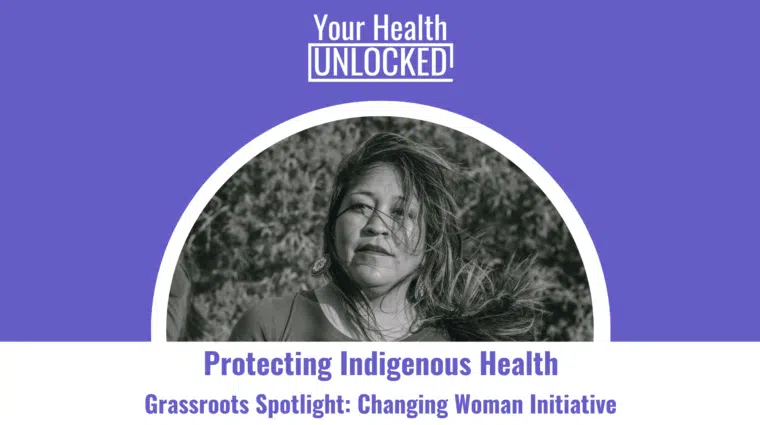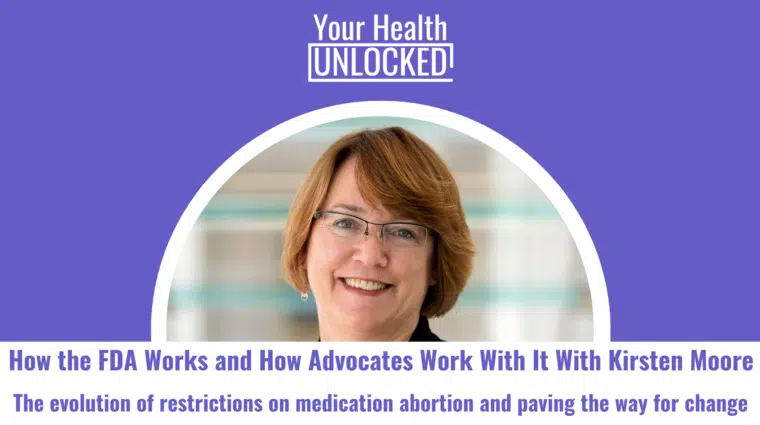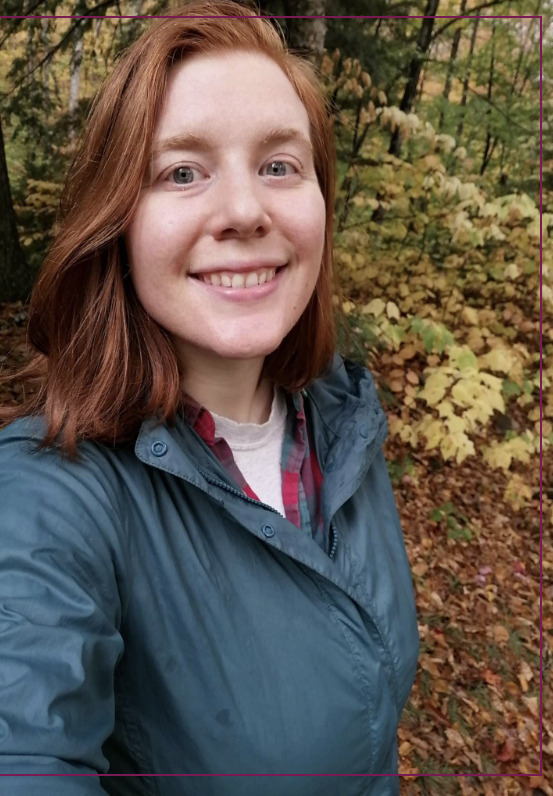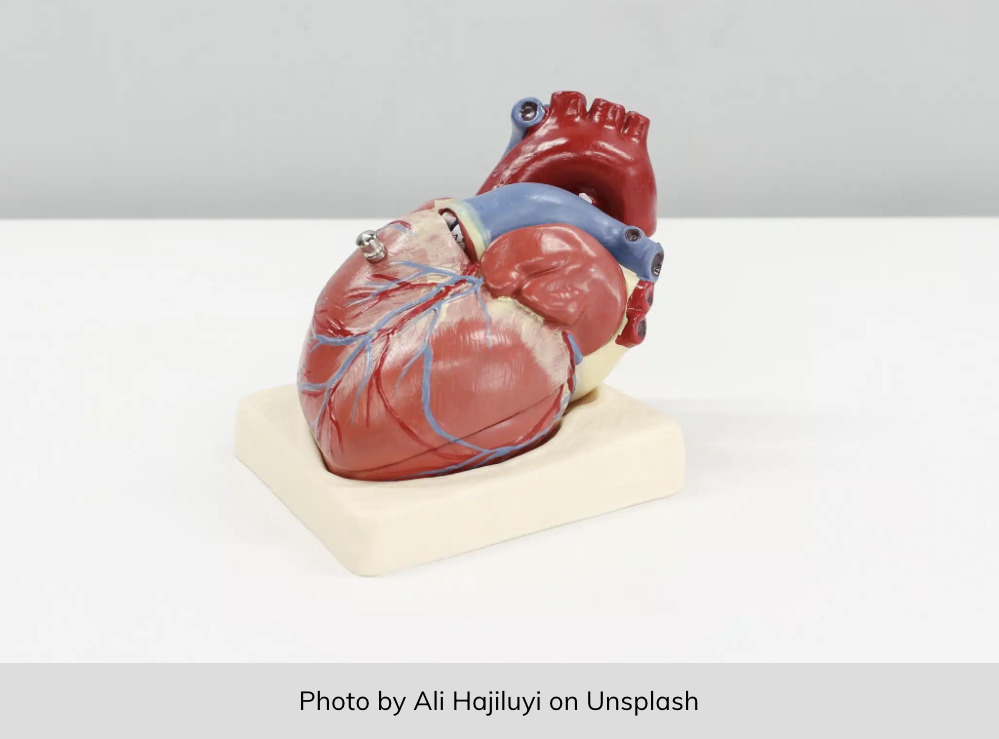After decades of trauma and being subsumed into the needs of others, her love was not enough to care for and raise a child. Especially after her sister’s death, her drinking and her sadness consumed her. I was forgotten at softball games and had to be driven home by teachers. I ran feral as a teenager with nobody to protect me from abusive older boyfriends and other bad influences. I was dragged away from my own college graduation to drive from Philadelphia into New Jersey to watch my relatives get drunk at an Italian buffet while my friends celebrated and said goodbye on the other side of the Delaware. I remember cleaning the house constantly and living on frozen veggie burgers, boxed mac n cheese, and peanut butter sandwiches.
Our society celebrates women who set aside everything to care for others. We all know a person, or realistically probably more than one, who just “doesn’t want to be a bother” or “will do whatever needs to be done – I don’t mind.” But caring for others comes at the cost of caring for yourself – and when the cup’s empty, it’s empty, no matter how much you care for the little girl waiting for you at the end of the road.
The sacrifices my mom made were significant, and the cost is one she’s paying now. She currently lives in a long-term care home because she has advanced dementia caused by a lifetime of malnutrition from alcoholism and chronic dieting. Everything was out of control, so she attempted to control her body, and when that failed, she drank.
When I was packing up her house for her move into assisted living in the spring of 2021, I found correspondence between her and her mother from when she was working in Indonesia. She would apologize for being too fat, ask her mother to send her girdles, and reassure her that she was taking her “little green pills.” These were methamphetamines, commonly prescribed to dissatisfied housewives who struggled under the weight of the gendered expectations of the era.
I don’t know exactly when drinking started to control her life, but in photos after her return to the US her weight fluctuations were visible, and there were occasional mentions of treatment centers in letters I found at the bottom of boxes in the back of the closet. I found scraps of her dreams, too – paperwork for college courses not completed, yellowed rental applications, typeset resumes, and notes from one man in particular kept close with photos of them together, young and smiling.
And so much of what I found underscored how much she loved me. There were my drawings and report cards from elementary school, photos of me at my first communion, an op-ed I had published in the local paper, my acceptance letter to Penn, and the postcards I had sent her from my own travels around the world and across the country.
Now, she’s 83, I’m 32, and when I go into her long-term care facility to drop off checks and handle paperwork as her durable power of attorney, people say how nice it is that her granddaughter visits so often, that she talks about me in her lucid moments, that I’m her rock.





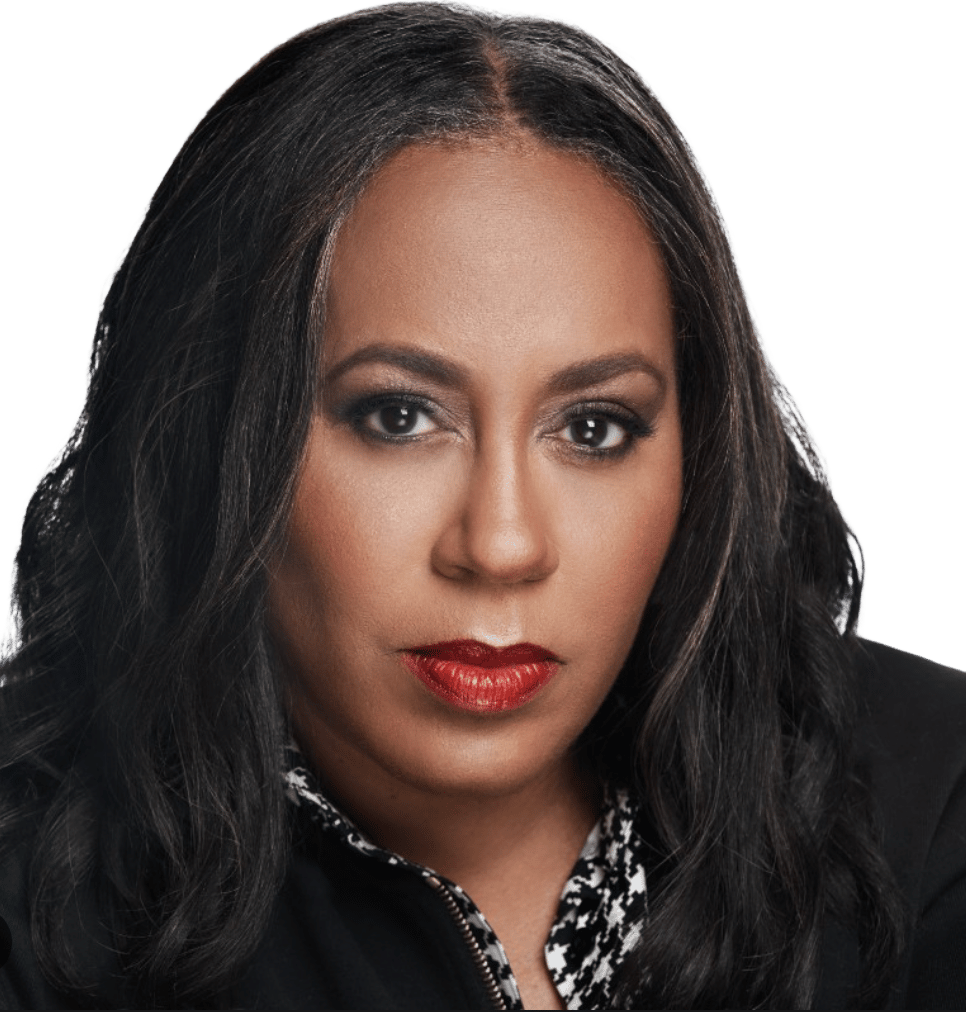





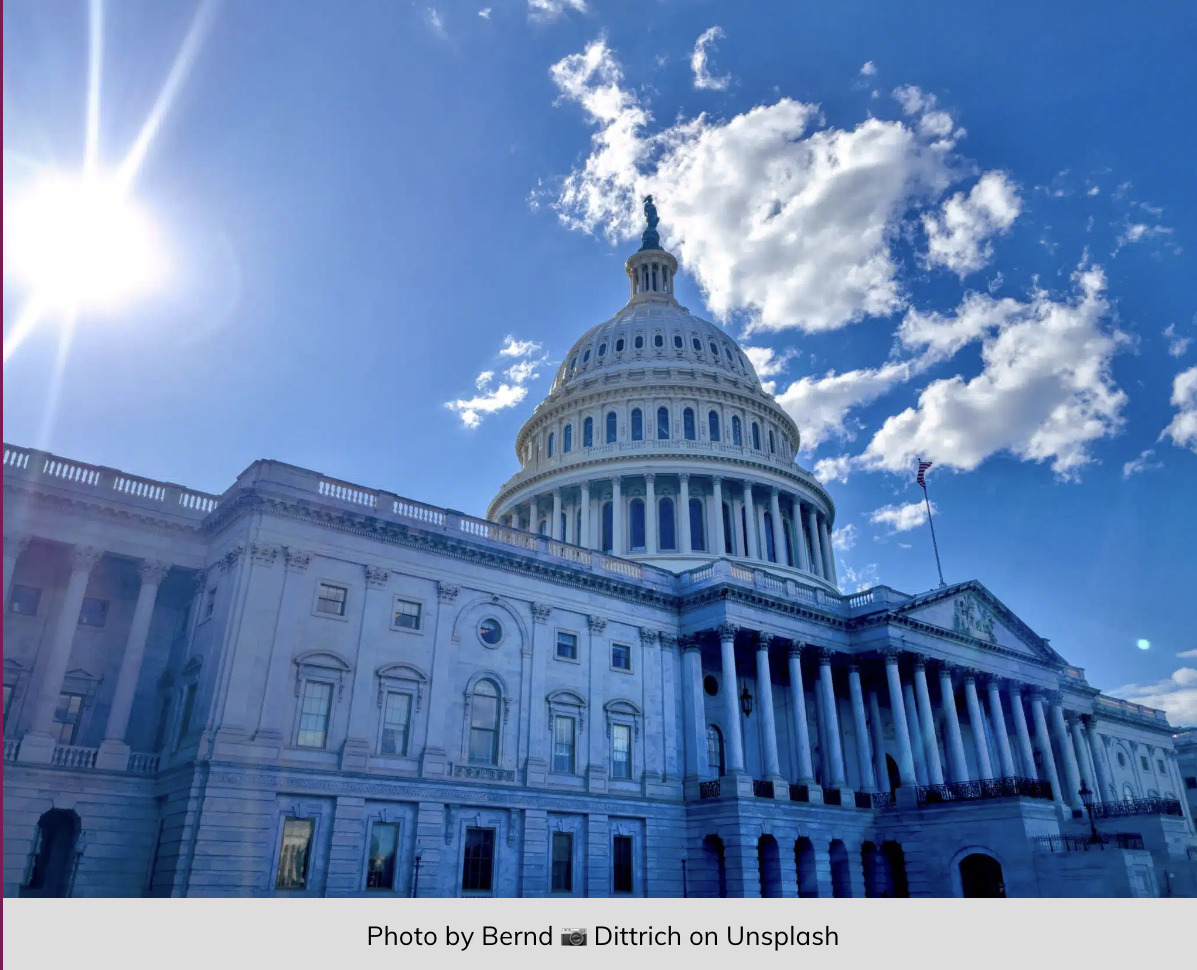
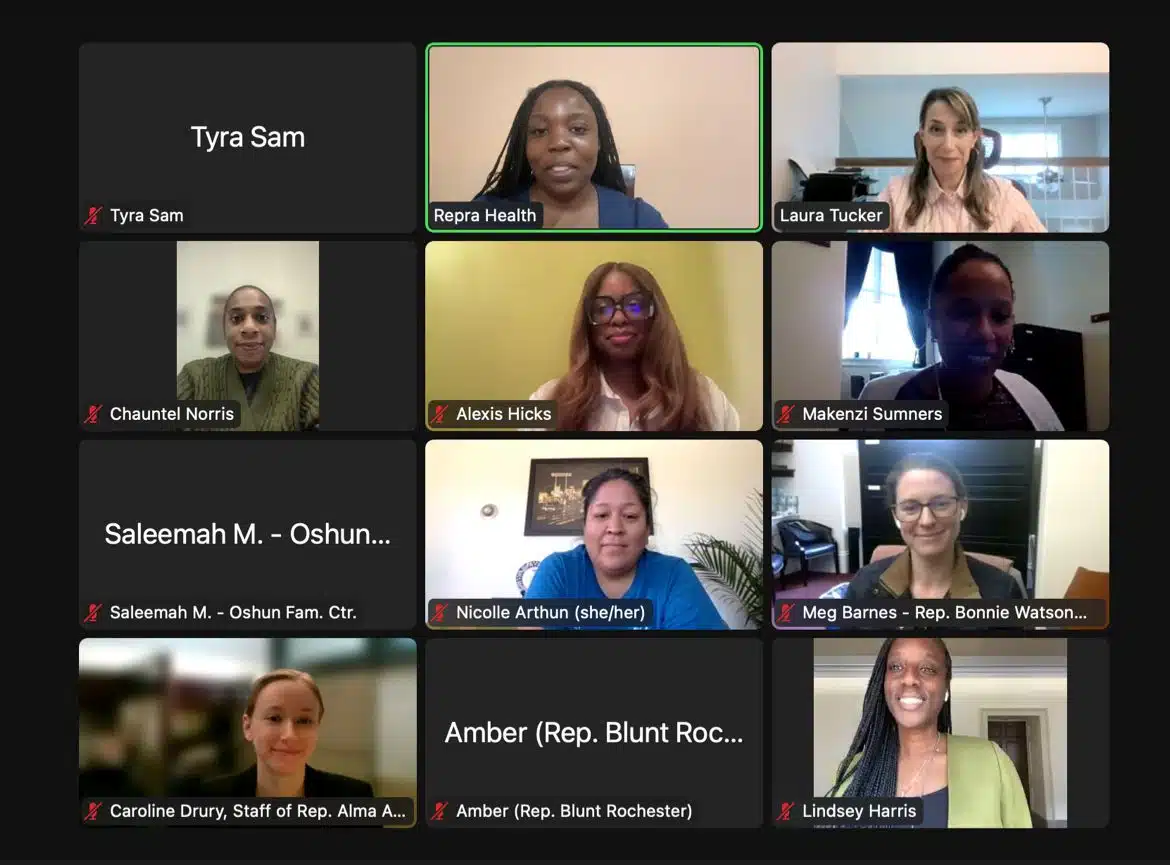
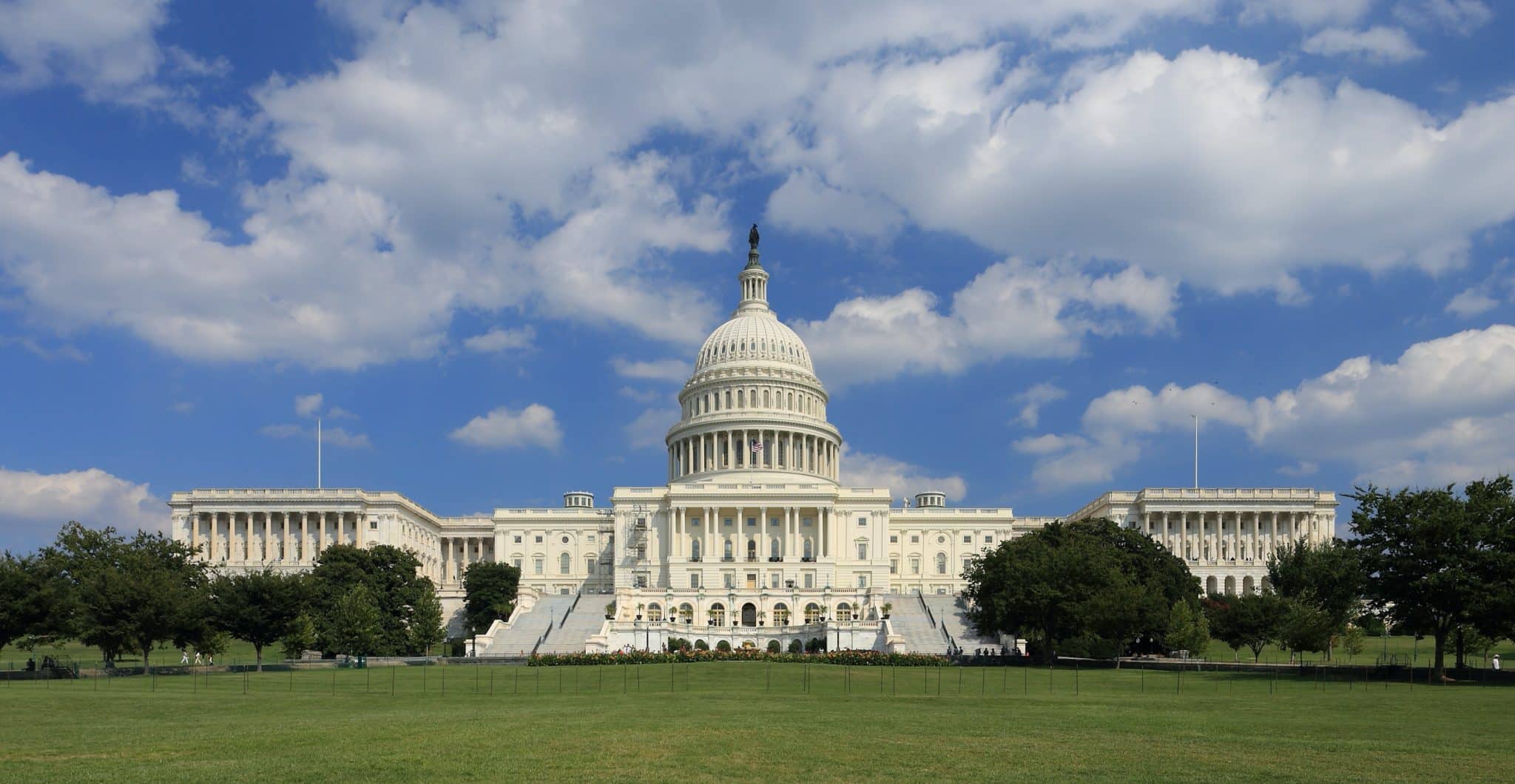 Activity in the Courts…
Activity in the Courts… 